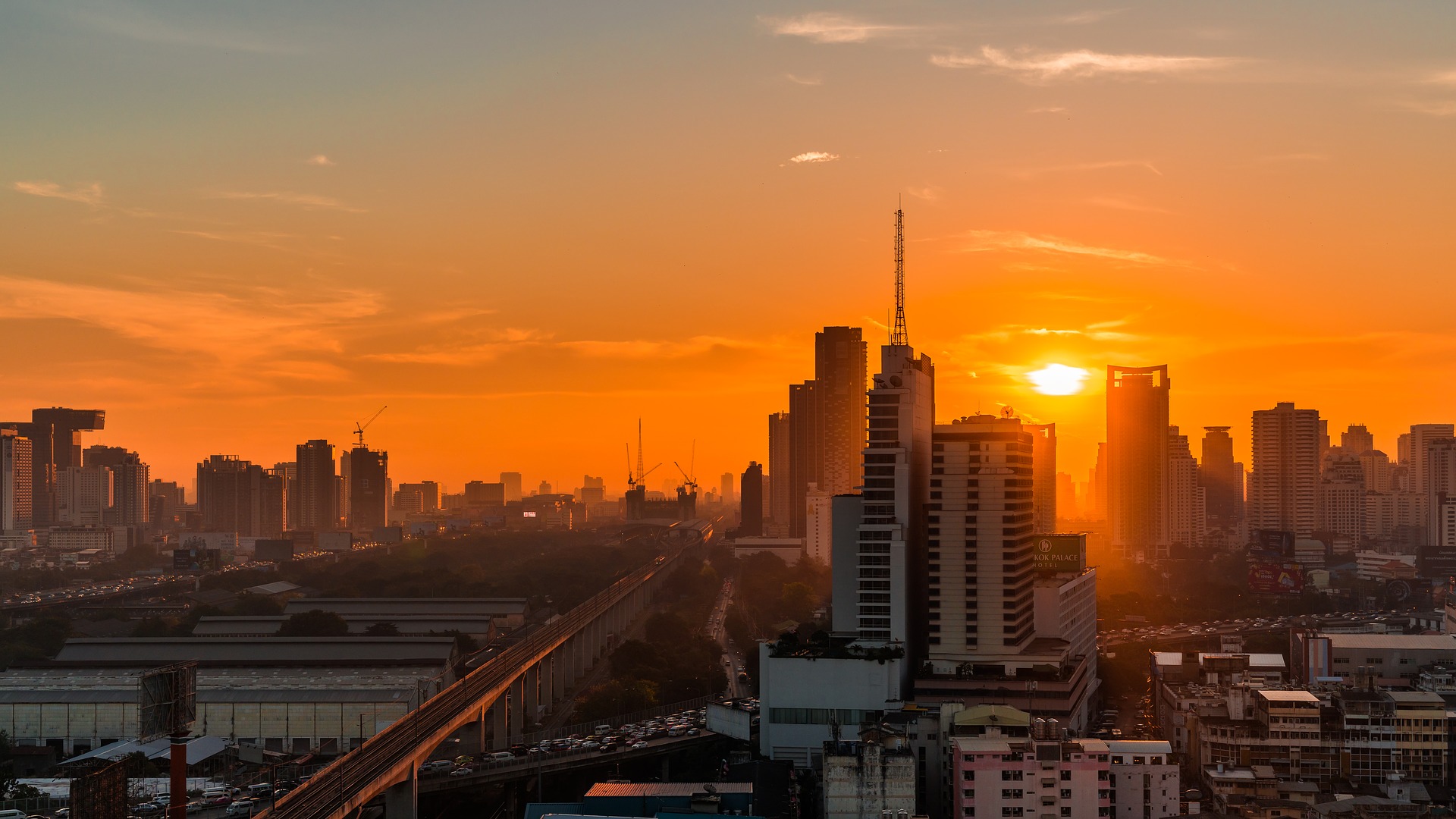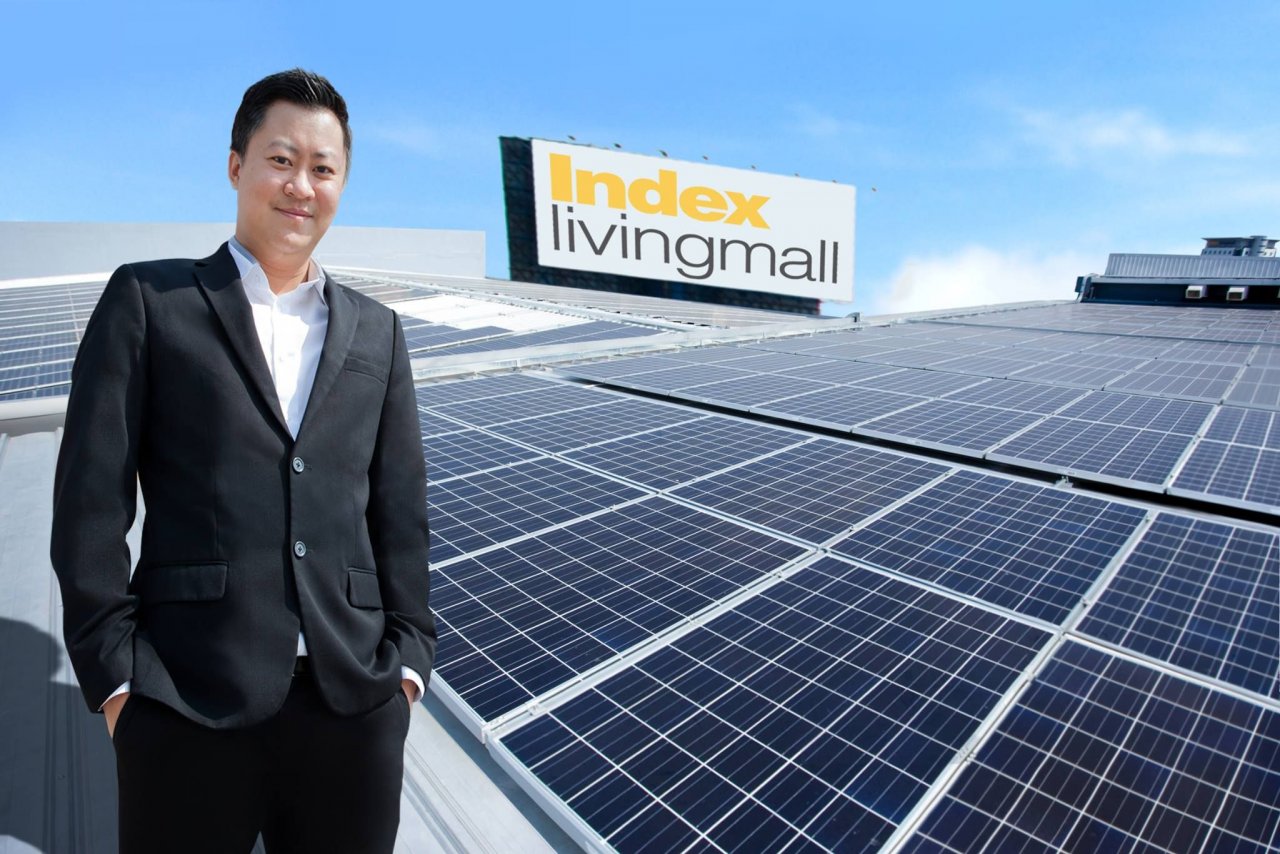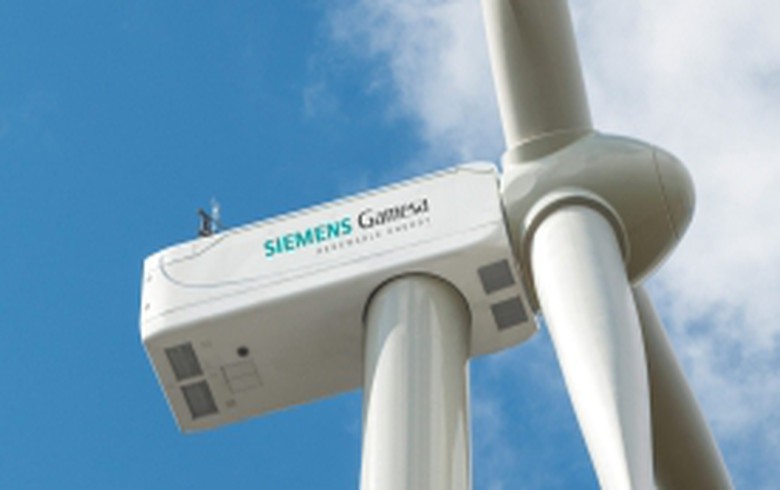Thai Construction Industry Faces A Booming Year Ahead

Photo credit:Pixabay
Thailand is set to be a prominent construction hub in Southeast Asia this year.
Based on the white paper released by Solidiance, the future of the country’s construction sector ‘looks optimistic’ despite an overall economic slowdown in 2014 and 2015. Public investment in infrastructure is the main driver in the prevailing construction industry in Thailand, as government spending focuses on efforts to develop a robust transportation system – the development of Bangkok’s subway lines and the Eastern Economic Corridor. In fact, the research firm estimated the construction market value was at 1.4 trillion Baht ($41.4 billion) last year.
Aside from public infrastructure, the paper entitled ‘Will Thailand 2.0 Revive the Construction Industry?’ cited the likeliest growth engines for all the construction activity:

Photo credit:Pixabay
• Growth in the condo market in Bangkok.Due to the expansive transit lines, new residential construction projects are expected to happen in the city, particularly in terms of condominiums. Its market represents over half of the newly registered housing units in Thailand, with a 24.2% rise from 2010-2014.
- • Heightened demand for twin houses. The construction industry is now centered towards building twin houses, a type of housing that came with an average growth of 41.7% from 2012 to 2014. It is followed by a rise in the demand for townhouses at 5.7% per year.• Growth in tourism. While Thailand has always been an Asian tourist hotspot, 2016 was a great year in terms of visitor arrivals. This growth in tourism is expected to increase the number of commercial buildings being built, particularly restaurants and shopping malls. In fact, the Thai Shopping Center Association plans to invest 103 billion Baht ($2.83 billion) over the next two years on expansions and new stores. From 2012-2014, the growth in commercial construction rose by 6.5%.
• Attractive SEZ. As the government continues to introduce tax incentive plans, there’s a rise in the interest in Special Economic Zones (SEZ) among industrial developers. The growth in Thailand’s economic zones had led to a spike in construction work. New industrial construction grew by 133% from 2012 to 2014.
Just like the industrial developers showing interest in SEZ, investors will also likely increase spending in launching new businesses ventures as a result. As the industry on a whole will continue to perform well in 2017, stocks in construction companies will also become viable options for many investors. TeraMusu explained leading stocks offer opportunities for many investors to help diversify their portfolios on micro market movements as well as hedging risks and losses due to its constantly changing value .
These are the construction firms enlisted in the SET50 index: CH. Karnchang PCL. (services) , Italian-thai Development PCL. (services), The Siam Cement PCL. (materials), Siam City Cement PCL. (materials), TIPCO Asphalt PCL. (materials), and TPI Polene PCL. (materials).
While everything seems steady, there are still certain challenges that the Thai construction industry needs to focus on, such as the shortage of skilled labor, limited funding, poor contractor management.
Nevertheless, PRNewswire predicted that the Thai construction industry will continue to gain momentum up until at least 2020. The government is also planning to invest 1.8 trillion Baht ($50.8 billion) in 20 high priority infrastructure construction projects by 2022 and will also offer more transport infrastructure projects under the public-private partnership (PPP) model.



